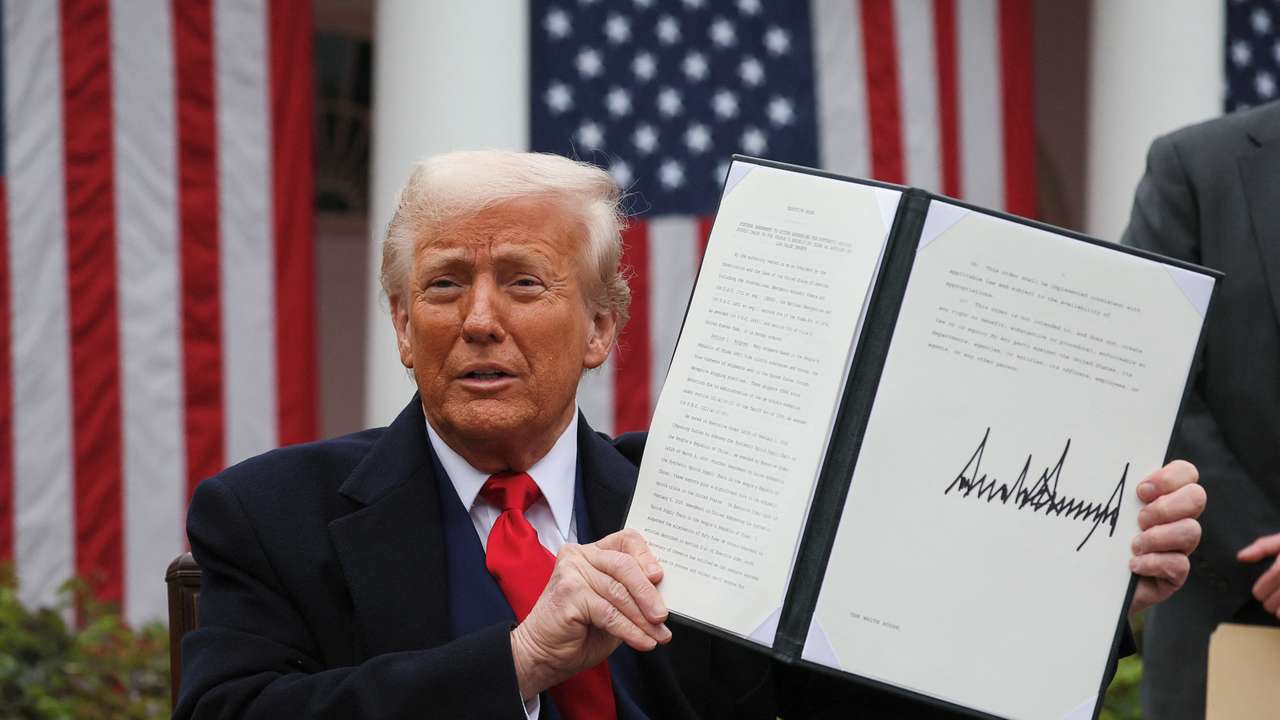Social media drove the tariff debate—Here’s how it outpaced news outlets

When the United States rolled out sweeping new tariffs in early 2025—blanket import taxes that would hit allies and rivals alike—it wasn’t breaking news headlines that lit the spark.
It was a tweet—in fact, it was dozens of them—some analytical, some outraged, some dripping with sarcasm or panic. As the policy announcements rolled out in late March, social media—not traditional newsrooms—became the engine driving the public conversation.
Research conducted by Global South World shows that between February 1 and April 3, close to 700,000 total mentions of “USA & Tariffs” were recorded across media channels. But most of those came from social media platforms like X (formerly Twitter), Facebook, Reddit, and Instagram. While traditional media produced in-depth coverage and expert commentary, it was individual users and influencers who dictated the speed and tone of the conversation.

Top-performing news content

Top-performing social media content

Social media posts racked up thousands of likes, shares, and replies within hours, quickly making their way into article quotes and news analysis.
News stayed neutral, but social media didn’t
While 63% of news content stayed neutral in tone, social media didn't pull any punches. Emotional reactions, partisan framing, and direct calls to action flooded feeds. Influential accounts on X like @YourAnonNews posted grim takes, warning: “USA is losing allies quick. The economy is about to tank when the tariffs hit.” These types of posts captured the underlying anxiety that official reports often avoided.

Platforms like MSN.com and USA Today had the largest potential reach—with audiences in the tens of billions—their content often presented facts without fury. In contrast, social posts spread anger, urgency, and humour—and did it faster.

Viral voices
It wasn’t just politicians or media personalities leading the conversation. Lesser-known accounts like @DemosKratosCA, a Canadian user, sparked viral engagement by sharing a list of existing Canadian tariffs on U.S. goods—some as high as 270% on milk. The implication? “Canada started it.”

The tweet went viral, flipped the narrative, and drew hundreds of replies from both sides of the border. It was picked up by commentators, featured in blog articles, and became a reference point for those defending or denouncing the new U.S. tariff policy.
Meanwhile, Canadian users like @1414Maple urged: “The only way to beat these tariffs is to buy strictly Canadian.”
